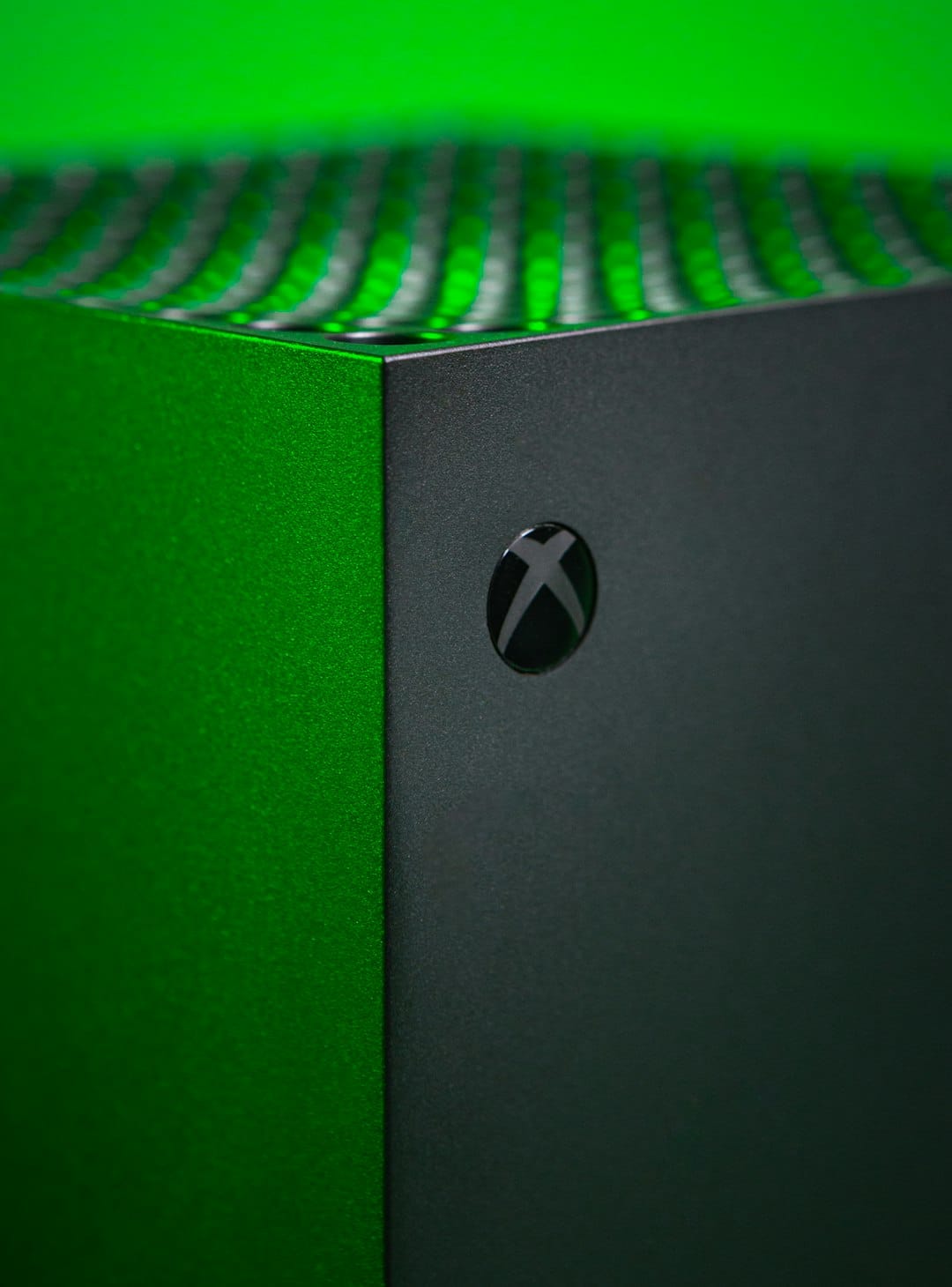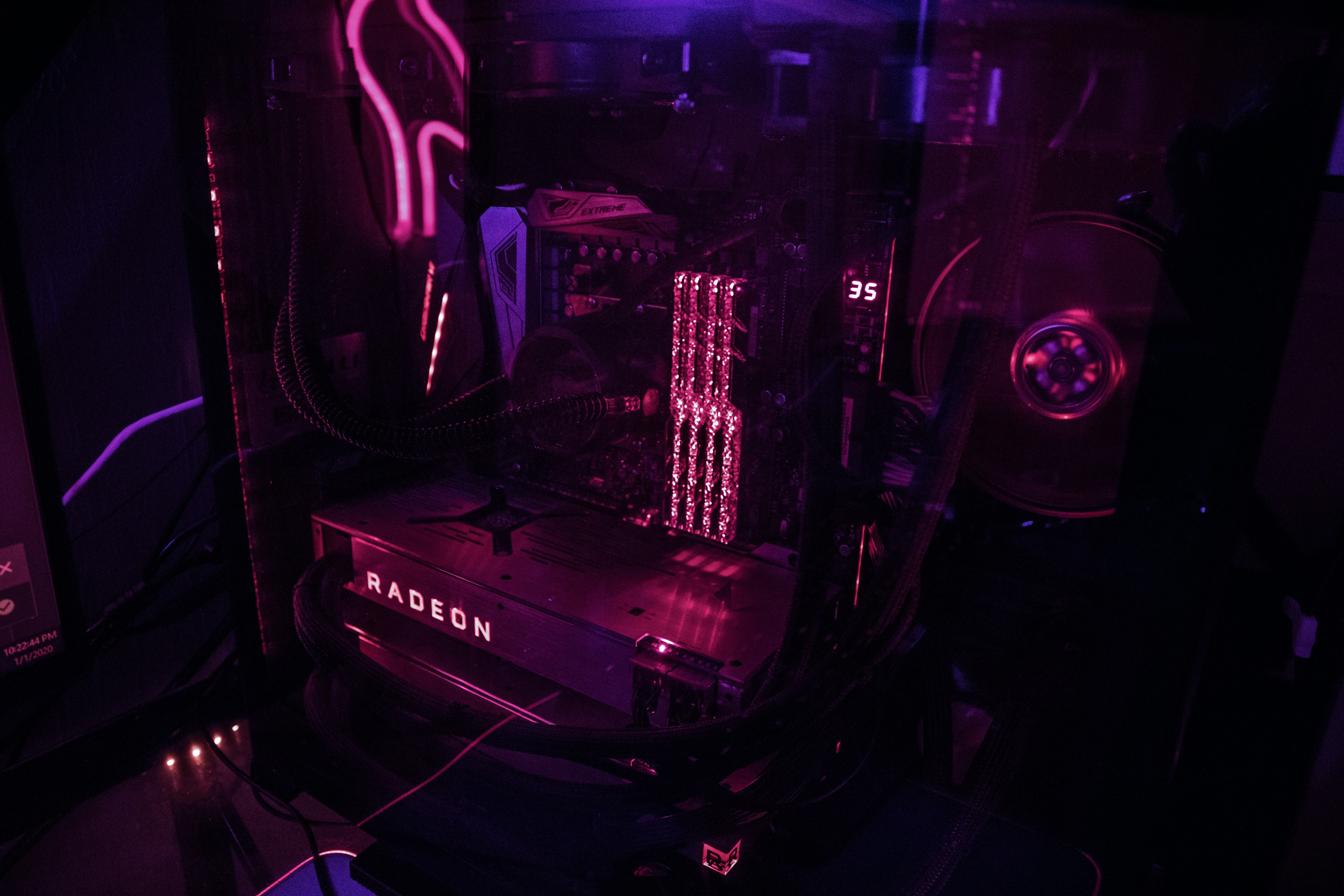If you own an Xbox One S or are simply curious about the inner workings of this popular console, one of the most interesting components to explore is its GPU, or Graphics Processing Unit. Often overshadowed by discussions about its bigger sibling, the Xbox One X, the Xbox One S still delivers a solid gaming experience, thanks in large part to its upgraded GPU compared to the original Xbox One.
Understanding the GPU in the Xbox One S not only gives you a better appreciation of the machine’s capabilities but also provides insight into how Microsoft improved their mid-generation console without shifting into completely new territory. Let’s break down what GPU powers the Xbox One S and how it impacts performance.
Contents
The Heart of the Visual Experience: Xbox One S GPU Overview
The Xbox One S is powered by a custom AMD GPU that is based on the Radeon GCN architecture (Graphics Core Next). This architecture was widely used by AMD in many of their mainstream graphics cards in the mid-2010s.
In more technical terms, the Xbox One S GPU features:
- 768 shader cores (also referred to as stream processors)
- A clock speed of 914 MHz, an improvement over the original Xbox One’s 853 MHz
- A peak theoretical performance of approximately 1.4 teraflops
Thanks to these specifications, the Xbox One S GPU offers around a 7% performance boost over the original Xbox One. While this may not sound like a massive leap, it provides enough headroom for better overall efficiency and smoother gameplay in some titles.

An Evolution, Not a Revolution
It’s important to understand that the GPU in the Xbox One S is not entirely new—it’s essentially a refined version of what was initially designed for the original Xbox One. Microsoft used the opportunity of the slim redesign to improve cooling and slightly tweak performance with a marginal clock speed increase.
This revision allows the Xbox One S to handle tasks such as upscaling games to 4K resolution and providing High Dynamic Range (HDR) support. That’s right—you won’t get native 4K gaming like on the Xbox One X or Xbox Series X, but the Xbox One S can upscale 1080p content to 4K, making it a good fit for UHD TV owners looking for improved visuals without breaking the bank.
What This Means for Gamers
While it’s not a powerhouse by today’s standards, the GPU in the Xbox One S still holds its own. It enables a consistent and enjoyable gaming experience for the vast majority of Xbox titles, including both modern releases and backwards-compatible classics.
The GPU performance, when combined with the console’s 8 GB of DDR3 RAM and 32 MB of high-speed ESRAM, allows for:
- Stable frame rates in most games at 1080p resolution
- Enhanced visual fidelity compared to the original Xbox One
- Improved video playback at 4K in streaming apps such as Netflix, Amazon Prime Video, and others
A Look Inside: Designing for Balance
The development focus for the Xbox One S was primarily about optimization rather than pushing graphical boundaries. This is evident in the careful balance between increased GPU clock speed, thermal efficiency, and the slim redesign of the console’s housing.

The custom AMD GPU and APU (Accelerated Processing Unit) design also means that the Xbox One S maintains energy efficiency. It’s considerably quieter and more power-efficient than the original model, which is a bonus for those who want a visually pleasing entertainment setup without the hum of hard-working fans in the background.
Conclusion
In essence, the GPU in the Xbox One S represents a thoughtful refinement of Microsoft’s original vision for the Xbox One generation. It may not compete with newer or high-end gaming PCs, but it delivers solid performance for everyday gamers and casual users alike. The slight boost in GPU clock speed and support for modern features like HDR and 4K upscaling make the Xbox One S a well-rounded gaming machine—even years after its release.
Whether you’re playing the latest Xbox Game Pass titles or enjoying a movie night in crisp ultra-HD, the GPU in the Xbox One S plays a crucial role in bringing your entertainment experiences to life.

